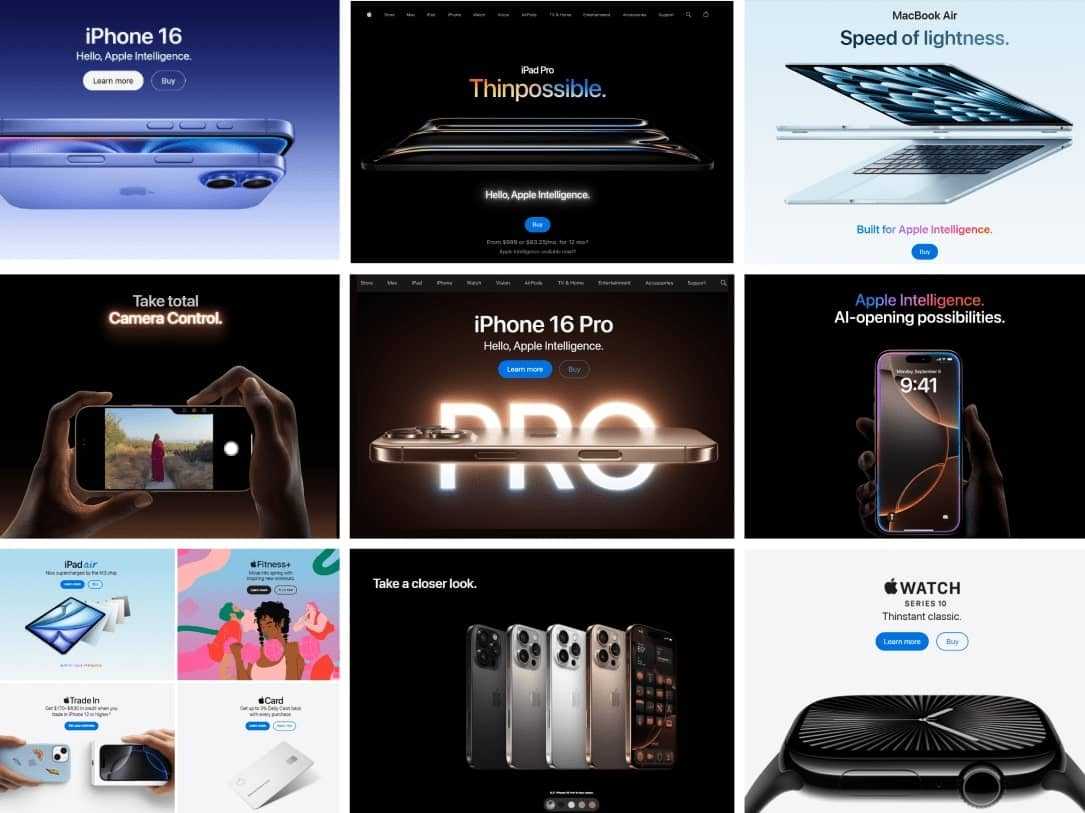

Matching Metrics to Your Social Media Strategy

It’s hard to find a business today that’s not on social media, and even harder to find one that shouldn’t be on a particular network. While businesses generally agree that social is one, if not the, most important tool a company can use to communicate with potential customers, fewer set metrics or goals that help them determine their success. Marketing teams often have basic social media guidelines in place: what to post, when to post it, platform-specific content, etc. Still, most of these guidelines are distinctly metric-less. Rather than measure the success of social media by tangible business goals, businesses just blindly “do” social media and are often discouraged by the lack of short-term effects associated with social media.
Why Do You Need Social Media Goals?
Planning Ahead
Goals are necessary for planning ahead and anticipating the long-term benefits that arise with social media. Having a long-term plan set in place with give you structure and the motivation to work towards a goal, as well as the flexibility to make adjustments as needed.
Showcasing Results
Setting social media goals and having tangible progress of those goals overtime, and at the end of your strategy timeline, allows you to prove the overall effectiveness of your campaign. The data you can get from social media can help inform other areas of your business - P.R., product, and even finance.
Dictating Future Strategies
Having results of any progress made, and measurements of effectiveness, allows you to see what is and what is not efficient in your strategy. You will be able to track what is resonating with customers versus what they tend to ignore. Knowing this can keep your goals conforming to the needs and wants of your customers and allows you to constantly improve upon your social media strategy to have the best possible results.
Five Social Media Key Performance Indicators
There are many many social media KPIs to choose from, and advanced data analytics services continue to increase the breadth and depth of these insights.Depending on your timeline, budget, available resources, and feasibility, different metrics make sense. But most importantly, your social media goals must align with the visions and objectives of your company and the image you wish to present to the public. Here’s five of the most common:
Reach
If you are a fairly new company with little recognition, you most likely need to broaden your reach and get your name out in the public. Striving to broaden your reach through social media will increase your brand awareness and make your company more established online. Therefore, it’s important to focus on the number of people you are reaching, rather than the frequency of posts, as well as drawing attention from multiple different audiences. This can be accomplished by becoming familiar with multiple different social media platforms in order to appeal to a variety of users. For example, Twitter is a great platform to reach a wide variety of audiences, as a recent study concluded that 99% of users (Open in new windows) were exposed to a brand-related tweet in just one month.
Key Performance Indicators:
- Page followers/likes
- Page views
- Profile visits
- Shares/retweets
Engagement
If you’re feeling out of touch with the public, chances are your customers are feeling the same way about you. Customers appreciate a company who is active in their community and who take the time to engage with their customers. For example, one study concluded that 54% of Twitter users (Open in new windows) stated they have taken action after seeing brand mentions in tweets. Interesting posts, relatable content, and maybe even some humorous material are great ways to keep your community feeling engaged. Responding to your community and making them feel valuable are key components of this goal.
Key Performance Indicators:
- Likes, shares, and comments on posts
- Social media mentions
- Posts you’ve replied to
- Engagement rate (Open in new windows): Engagement (link clicks, retweets, likes, replies) divided by impressions
Brand Loyalty (Fanbase)
Companies that have public brand recognition, but an inconsistent user rate should strive to create and maintain brand loyalty. Brand loyalty among customers paves the way for long-term success as it produces a secure following of loyal customers who continuously return to your brand again and again.
Key Performance Indicators:
- Tagged photos
- Comments on posts
- Number of interactions
Click-through-rate
Social media is a great way to share news, photos, and videos with your customers while showcasing a bit of your company’s personality. But your social media accounts do not illustrate the full extent of who you are, at least not in the same way your website does. If you are wishing to increase traffic to your website, social media is a great way to do so. Focus on maximizing your click-through-rates by using “call-to-action” posts that either advertise the link itself or have the link embedded in a photo. A Twitter study concluded that link clicks account for 92% (Open in new windows) of user interaction with tweets, and tweets with images receive 18% (Open in new windows) more clickthroughs.
Key Performance Indicators:
- Traffic from social media platforms
Conversions
If you have established good brand awareness and engagement rates for your company, you may find that your next step is to drive leads. Increasing your conversions through social media is certainly the most ambitious strategy, as it relies on having brand recognition and and a decent following. Using social media to drive leads for your business takes time and dedication in order to produce the most effective content.
Key Performance Indicators:
- Lead conversion numbers via Google Analytics
- UTM Parameters within links
Establishing social media goals is not only beneficial to your company, but is a key component in effectively utilizing and monitoring your online presence. Choosing the right goals is dependent on the status of your company and the direction you are heading in. Tracking KPIs will allow you to record your progress and modify your strategy as needed. Don’t stress too much about followers (Mention concluded that 91% (Open in new windows) of twitter mentions came from people with less than 500 followers), but instead focus on creating meaningful and relatable content that will undoubtedly make you stand out in the crowd. Social media is all about communicating to your audience and building connections, and having a clear sense of direction before diving in headfirst will set you on the path of success.




